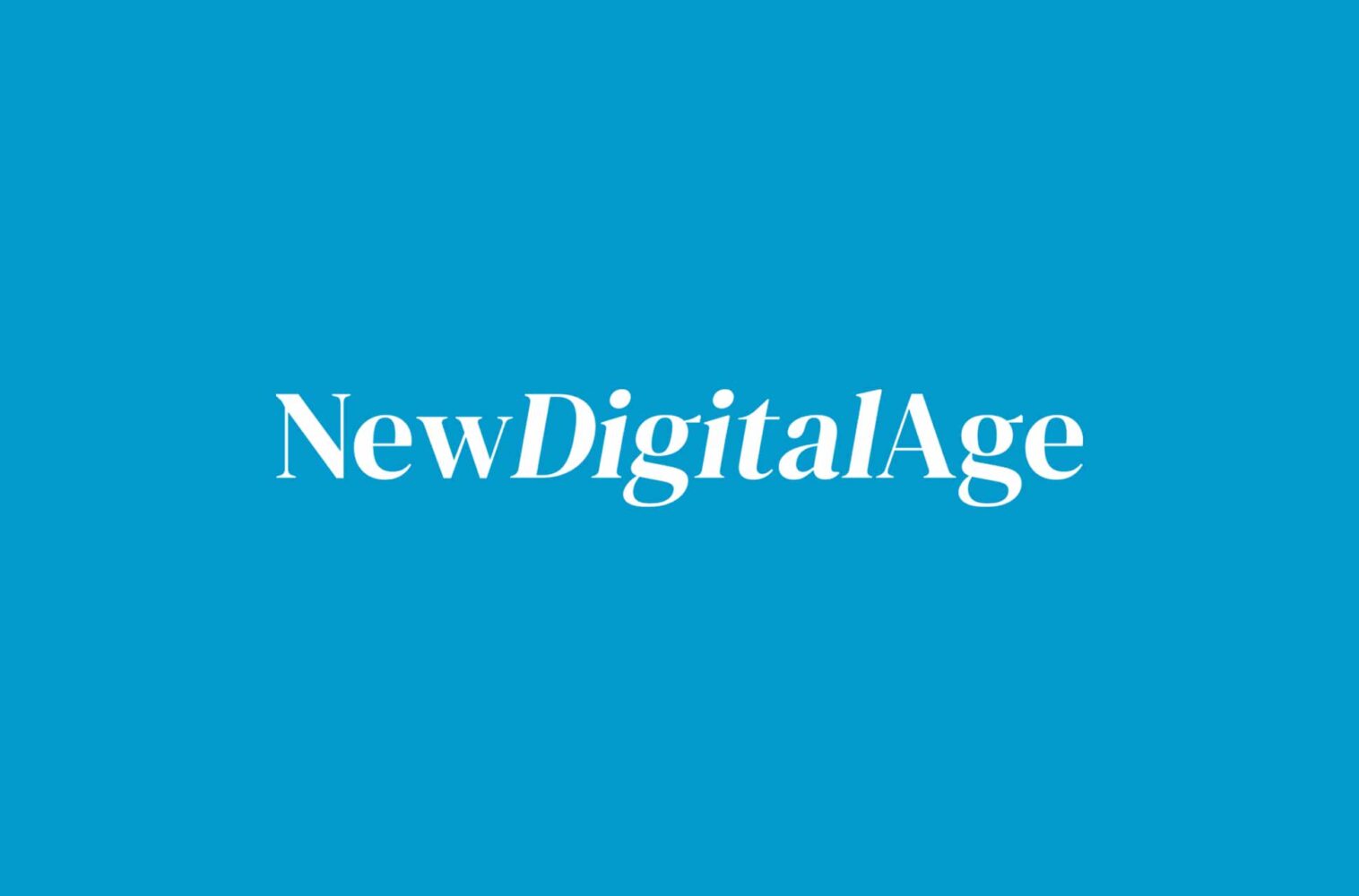Table of Contents
It’s safe to say that streaming has become the dominant form of entertainment in many households. Netflix reigns supreme with over 220 million subscribers while competing services like Disney+ and HBO Max continue to amass sizable audiences.
Meanwhile, user-generated video is seeing unprecedented growth. Currently, YouTube has over two billion monthly logged-in users, with TikTok closing in at one billion.
As more people turn to the convenience of streaming services, new opportunities emerge for advertisers to reach more households. How can your brand capitalize on this? Read about 2022’s top ten streaming industry trends to find out.
MORE TIME SPENT WATCHING VIDEO
According to Nielsen’s State of Play report, Americans increased their average weekly video consumption from “143.2 billion streamed minutes to 169.4 billion between February 2021 and February 2022.”
93% of Americans predict they will either keep their current number of streaming services or add on additional streaming channels in the next year, according to the report.
YouTube and other video streaming apps saw similar growth with long-form content. Since 2020, there has been 6% growth, with over 38% of American viewers regularly consuming 10 minutes or longer content.
More people prefer streaming over other forms of video entertainment. In the same report, Nielsen estimated subscription video on demand now accounts for over 53% of all time spent watching content.
Takeaway: Video should be a core part of your advertising strategy. Learn more in our article, The Future of Video Ads.
MORE MEDIA CONSUMPTION ON MOBILE DEVICES
Smartphones and tablets continue to dominate in 2022. People now spend more time on their personal devices than they do watching TV. To that end, streaming providers are optimizing their platforms for the hand-held experience.
Mobile apps are available for every major streaming service. These apps have optimizations to keep viewers engaged for longer periods. As a result, users now watch more video content than ever before.
Streaming services are now being bundled with new phone plans, highlighting mobile’s importance to future streaming service trends. For example, Verizon plans come with a 6-month subscription to Disney+, and Apple offers their Apple TV+ service with the purchase of a new iPhone.
Takeaway: Make your video ads mobile-friendly, and take advantage of the ad platforms provided by these streaming services.
LIVE STREAMING AND INTERACTION
Creator-centric entertainment live streaming is continuing to grow popular in 2022 and into 2023, mainly through TikTok LIVE, Instagram Live, YouTube, and Twitch.
Twitch is currently the most-watched live-streaming platform in the US, with over 140 million unique visitors. On the other hand, TikTok LIVE is looking to its Chinese counterpart Douyin as it rolls out live-streaming shopping.
YouTube Live has been signing exclusive contracts with big streamers and also recently released its “Go Live Together” feature, which negates the need to use a third-party communication platform like Discord.
Takeaway: Use live streaming trends to your advantage—partner with active streamers who have a following or who will host live-streamed events for your brand.
INCREASED VIDEO QUALITY
Every year, streaming technology improves while the costs associated with it go down, making it easier to create a professional streaming setup.
This also means consumers both expect and demand higher video quality. Long gone are the days of the 720p norm. Marketers should produce content in at least 1080p and keep platform specifications in mind when purchasing video equipment.
Improved video quality also means keeping up with and trailblazing new trends. Getting top-of-the-line equipment doesn’t mean much if you aren’t recording anything that engages people.
Takeaway: Make 2023 the year your brand invests in high-quality video equipment, if you haven’t already.
DISCOVERING NEW AND INFORMATIONAL CONTENT
In our own research from 2022, we found consumers often crave an element of discovery. It’s what we called the “TikTok Effect.”
People want platforms to serve them new and unexpected content outside their core interests. Platforms like TikTok and YouTube use complex user algorithms to make recommendations, delivering new content to their users.
Between 2020 and 2022, there was an increase in users getting onto social and video platforms to learn new skills or information outside of their core interests.
Because algorithms are improving, people are getting more niche content catered to their likes. Work on branding, because the people viewing your content may not be familiar with your business.
Takeaway: Make sure your brand has a presence on platforms like YouTube, TikTok, Facebook/Meta, and others. These platforms will automatically serve your content to users who are already interested in your brand.
SHORT-FORM VIDEO CONTENT
As millennials and Gen Z become a more dominant cohort in the American economy, it’s integral to reach them where they are active—short-form video platforms.
Businesses are finding success in recycling content from past live streams and publishing it on YouTube Shorts, Instagram Clips, and TikTok. Not only do you save time by not having to create original posts, but you can also draw in new viewers.
Short-form video posts are great for promoting streams, products, collaborations, merchandise, products, and events. You can even promote or preview your short-form video content on your stream through pop-up notifications in chat or on an overlay.
Takeaway: Use a multichannel approach to draw people from all backgrounds.
NOSTALGIA-DRIVEN CONTENT
While discovering new content is important to many users, nostalgia remains a significant driving force behind much of today’s media, and that trend isn’t likely to disappear soon.
People who grew up in the 1980s, 1990s, and early 2000s are spending the most time and money on streaming right now. So naturally, reboots, sequels, and big franchises based on the pop culture they grew up with dominate the streaming waves right now.
Comic book movies continue to draw audiences. Reboots like Cobra Kai and Fuller House were hits. And revivals of beloved shows like Futurama and King of the Hill are currently in development. Even original content like Stranger Things uses 80s nostalgia to great success.
Takeaway: Capitalize on nostalgia in your advertising wherever it makes sense to do so.
FREE ALTERNATIVES FOR LIVE NEWS AND SPORTS
While the growth of on-demand services like Netflix, Hulu, and YouTube have gotten a lot of attention recently, media platforms that cater to live events such as local and national news, sports, and traditional television channels remain popular as well.
Free ad-supported services like Pluto TV and Tubi, in particular, have been quietly gaining a following. Since its launch, Pluto TV reportedly has 64 million monthly active users, while Tubi currently stands at 51 million.
Takeaway: Don’t ignore these free, ad-supported platforms. Traditional television programming still has a place in modern media.
AD-SUPPORT VERSUS SUBSCRIPTION MODELS
Nowadays, few people want to pay directly to watch live video content or stream shows and movies.
An August 2022 study from Infillon revealed that 67% of consumers prefer ad-supported streaming options over ad-free. Findings from that study also show that most people find ads repetitive and multitask while viewing ads.
The debate between ad-supported and subscription-based streaming boils down to a few key factors: price, convenience, and content variety. As long as a streaming service has two of these factors, it can maintain a steady base of subscribers.
Takeaway: Consumers prefer ad-supported streaming options, but that doesn’t mean they’ll pay attention to the ads.
Spend more on highly targeted ads that’ll keep people’s attention.
IOT STREAMING
Thanks to the development of the most recent iteration of the internet–Web 3.0–IoT (Internet of Things) technology has continued to develop. IoT technology has great potential for using streaming to make people’s lives more convenient and enjoyable.
Companies have implemented streaming into their IoT devices in many ways, from smart security systems that give live broadcasts from all angles of your home to medical monitoring devices that gather, analyze, and share metrics.
The market for IoT technology is expected to grow by over 500% from 2022 to 2029, with an anticipated value of almost two and a half trillion dollars. In the coming years, look to see how it will be implemented in the automobile industry with live cameras, the industrial sector, and the home sector due to 5G integration.
Takeaway: IoT technology has high growth potential and future demand, so be bullish when implementing it in your ad campaigns.
USE THESE STREAMING TRENDS TO YOUR ADVANTAGE
Incorporate these streaming industry trends into your next ad campaign by creating nostalgia-driven content geared toward mobile devices, and by brainstorming ways to partner with live streaming platforms.
If you’re struggling with where to begin, Channel Factory can help maximize the effectiveness of your next ad campaign with custom ad optimization, performance improvement, and more. Contact us today to get started.
Want more insights on the streaming industry? View our list of predictions for digital video advertising.







